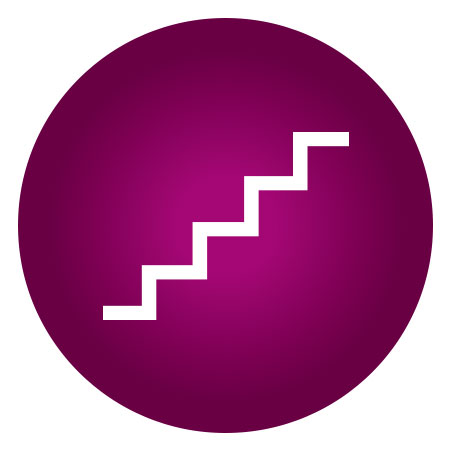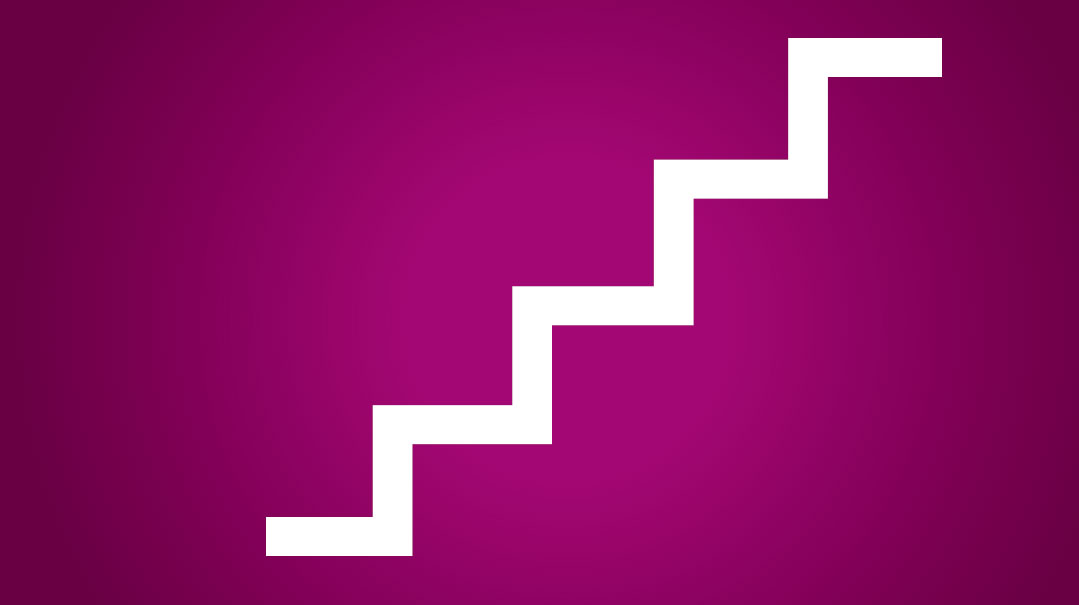Sivan Goal: See Good
| May 4, 2021Can I move from complaints to compliments?
Iyar in Review
Recently, I was extremely embarrassed in front of my guests. Once everyone left, my husband said, “I’m sure that must have been so embarrassing.” And shortly after, I felt a whole lot better. The

acknowledgment that it was difficult helped me accept that it happened, and it was now over. Normally, I might have agonized over this for the next month, but instead it became a funny story.
Sivan Goal: See Good
As a critically thinking person, I’m very good at being critical. I can easily point out what doesn’t look right in a picture, what didn’t taste good at a restaurant, and what went wrong today. I have long lists of the things I want to change about myself (and others), while the lists of positive qualities I appreciate are pretty short.
Why do many people tend to gravitate toward negativity? Why do we find it so easy to complain and so difficult to praise? In fact, when we meet people who are perpetually positive and cheery, we may even think of them as simpleminded.
Actually, this isn’t a new problem — it goes all the way back to the day of man’s creation. Adam and Chavah could eat from any tree they wished; just one was off limits. Yet instead of seeing the incredible amount with which they were blessed, their eyes fell on the one thing they couldn’t have. Man’s first mistake came from noticing lack.
Awareness of what’s missing is helpful when it keeps us striving to perfect ourselves. But it becomes a tremendous source of tension when it puts the focus on what’s wrong instead of what’s right.
Pirkei Avos teaches us that one of the best attributes a person can possess is an ayin tovah, a good eye (Avos 2:13). Viewing a situation or person with an ayin tovah doesn’t mean disregarding difficulties. A “good eye” is good at seeing a broader picture and putting everything in context, at choosing to focus on the wealth of good that’s there in addition to the challenges.
As a graphic designer, I’m usually given pictures to work with that, at first glance, aren’t all that interesting. My teacher in graphic school trained us to focus on precise elements in an image so as to bring out the aspects that will make it more captivating. So I put a picture in a frame on my screen and begin to crop and position it just the way I want.
Moving the frame only a quarter inch can make all the difference. When I’m done, this “reframing” has lent what used to be a plain picture a touch of excitement or elegance.
Reframing isn’t reserved for graphic artists; we are all constantly framing situations. Unfortunately, we usually leave the frames in default mode, instead of utilizing our creative energy to produce a masterpiece.
I’m waiting for my friend to meet me for lunch and she’s late... again. I’m annoyed. Reframe. She’s a great mom and housewife who is always taking care of one last-minute thing at home for her family.
My two-year-old just went into the kitchen and opened the peanut butter jar. When I turn around and notice, I may sigh, Oy, what a trouble maker. Then I can reframe and smile because I see his fine-motor skills are developing well.
I just spent quality time baking with my daughter and after I put the cake in the oven for 20 minutes, I realized it was on broil. Guess we’re buying dessert for Shabbos… and I’m so happy that we had that bonding experience.
A person who sees good lives with gratitude, instead of complaints. She realizes that an ayin tovah benefits herself, putting her in a state of menuchas hanefesh. It benefits those around her as she radiates positivity, which is contagious. And it’s not only the airy-fairy, rose-colored-glasses type of people who can do this. Actually, if it doesn’t come naturally to you (as it doesn’t for me) and the trait is earned — it’s truly yours.
People who train themselves to see things positively are also more prone to thinking positively about the future. They worry less about what will be because they’re able to imagine a favorable outcome. The Tzemach Tzedek was known for saying tracht gut, vet zein gut — think good and it will be good. Positive thinking has the power to transform a current or future situation into a beautiful experience.
This month, my goal is to use my creativity and positivity to view situations in ways that will bring me more menuchas hanefesh in the moment — and in the future.
MANTRAS OF THE MONTH
Reframe the picture
I am so blessed to have…
Think good and it will be good
This month I will:
Focus more when I say my morning brachos, thanking Hashem for the good I enjoy daily
Challenge my thoughts when I’m gravitating toward negative thinking.
Tell myself one thing I appreciate about each of my family members daily
Ask someone else how they’d reframe an issue that’s bothering me, to broaden my creative thinking.
Be aware of the language I use. Avoid making absolute statements like, “That was bad” and try to be more neutral or even positive.
At Least…
Ayin tovah statements should not begin with the words “at least.” These words usually don’t help, because they invalidate the original issue; pointing out that things could have been worse. Having an ayin tovah means finding good, not necessarily discounting what seems bad, which could exacerbate the problem.
For example, don’t say:
“I forgot to deposit the rent money… at least I didn’t lose the money.”
“I was so embarrassed… at least it was only for five minutes.”
“He broke a vase… at least he didn’t break the other one.”
It’s best to stick to reframes that take into account the difficulty while shifting the focus:
“I forgot to deposit the rent money… and I discovered that my landlord is really nice and forgiving.”
“I was so embarrassed… and I have great friends who support me.”
“He broke a vase… and amazingly no one got hurt.”
If you’re the type of person who does well with “at least” statements, meaning that you feel better by thinking about how things could have been worse, that’s fine. Just be aware that others whom you give support to may not share this sentiment, and will need alternative ways of seeing the good.
(Originally featured in Family First, Issue 741)
Oops! We could not locate your form.


